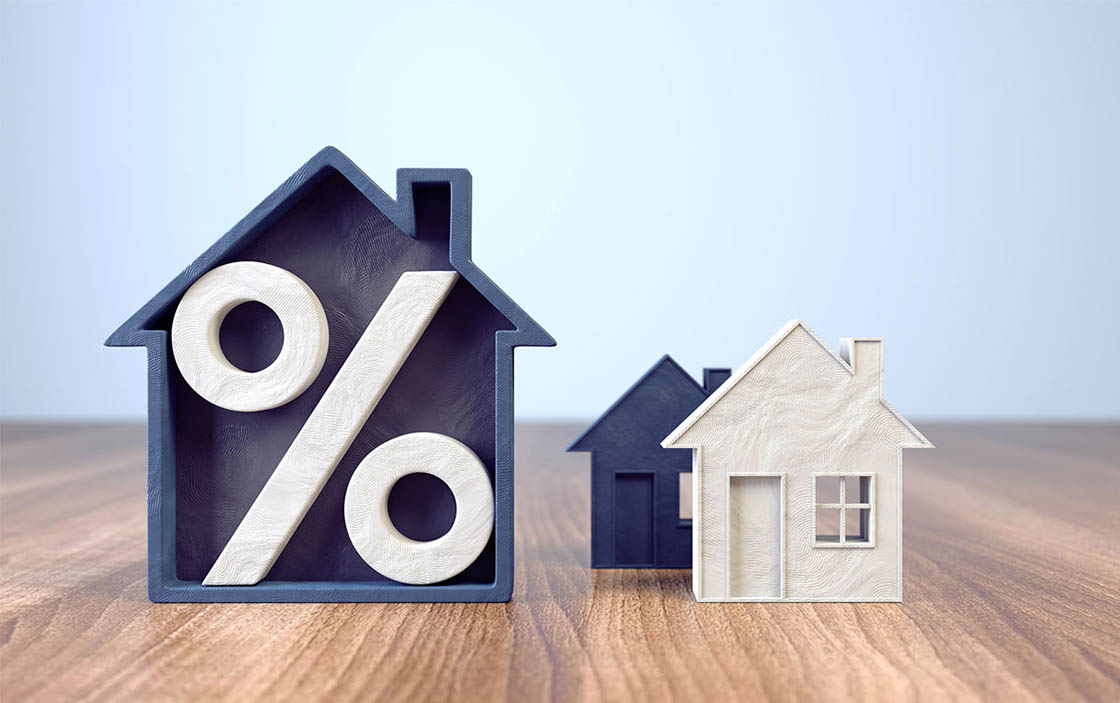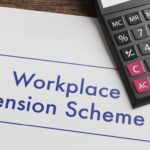Blogs › How do Capital Allowances Work for Holiday Lets?
How do Capital Allowances Work for Holiday Lets?

Capital allowances for furnished holiday lets can be confusing to say the least. However, it pays to have an understanding of how the tax system works.
There are various expenses and allowances that you can offset against your furnished holiday let profits. These are called capital allowances.
A form of tax relief, based on the value of assets known in law as “plant and machinery”, In terms of a holiday let, these are fittings, fixtures and furniture.
These tax relief benefits are not available in regular buy-to-let properties. They are exclusively available for owners of furnished holiday lets, as this is a trading business and taxed in the appropriate way.
What are holiday let capital allowances?
There are various holiday let capital allowances available to landlords that permit the business to write off the assets’ costs over several years.
This can be achieved by offsetting a percentage of the costs against the taxable profit, which can mean tax-free profits for a period of years under some circumstances.
Alternatively, a landlord might be able to offset the total cost of “plant and machinery” assets in the first year’s trading. This is deemed an Annual Investment Allowance.
A buy-to-let is classed as an investment for tax purposes, as opposed to a trading business, so the capital allowances can’t be claimed for regular rental properties.
Landlords can claim capital allowances on a conversion or new build furnished holiday let property. Claim them on your company accounts, or your self-assessment tax return for HMRC.
You can also claim capital allowances when you buy an existing furnished holiday let property that hasn’t claimed them previously (or hasn’t claimed them fully) through a Section 198 election during the purchasing process.
Items that can be claimed
Various items can be claimed under “plant and machinery” capital allowances. These can include items of furniture such as tables, chairs, sofas, wardrobes, drawers and beds and soft furnishings including bedding, cushions and curtains.
White goods, such as a freestanding fridge and freezer, or small appliances including the microwave, toaster, kettle and television set, can also be included.
Items that can’t be removed are not included in plant and machinery capital allowances. These include sanitary ware and plumbing, the heating system and boiler, kitchen units, electrics, carpets, property repairs and replacement, including windows and doors, and bathroom fittings.
Significant tax savings
Capital allowances represent significant tax savings and can be extremely beneficial for additional rate and higher rate taxpayers.
The relief can be set against the rental profits at the highest and marginal rates of tax. From 2023/24, these are 42% and 47% respectively.
As well as capital allowances, other usual allowable expenses can reduce the amount of tax due by offsetting them against profits.
Capital expenditure is an expense relating to the whole property, such as spending money to add value including adding a conservatory, en-suite bathroom, extension or log-burner.
Landlords can claim capital expenditures when selling the property, as this will offset capital gains tax. Examples can include property buying expenditure such as solicitor’s and survey costs from the initial purchase, Stamp Duty Land Tax, property enhancement (as noted above) and estate agent fees from selling the property.
Many landlords choose to use professional accounting services to help them navigate the complex UK tax system, ensuring they make the best use of their income. If you think you could benefit from some further advice, contact us.

